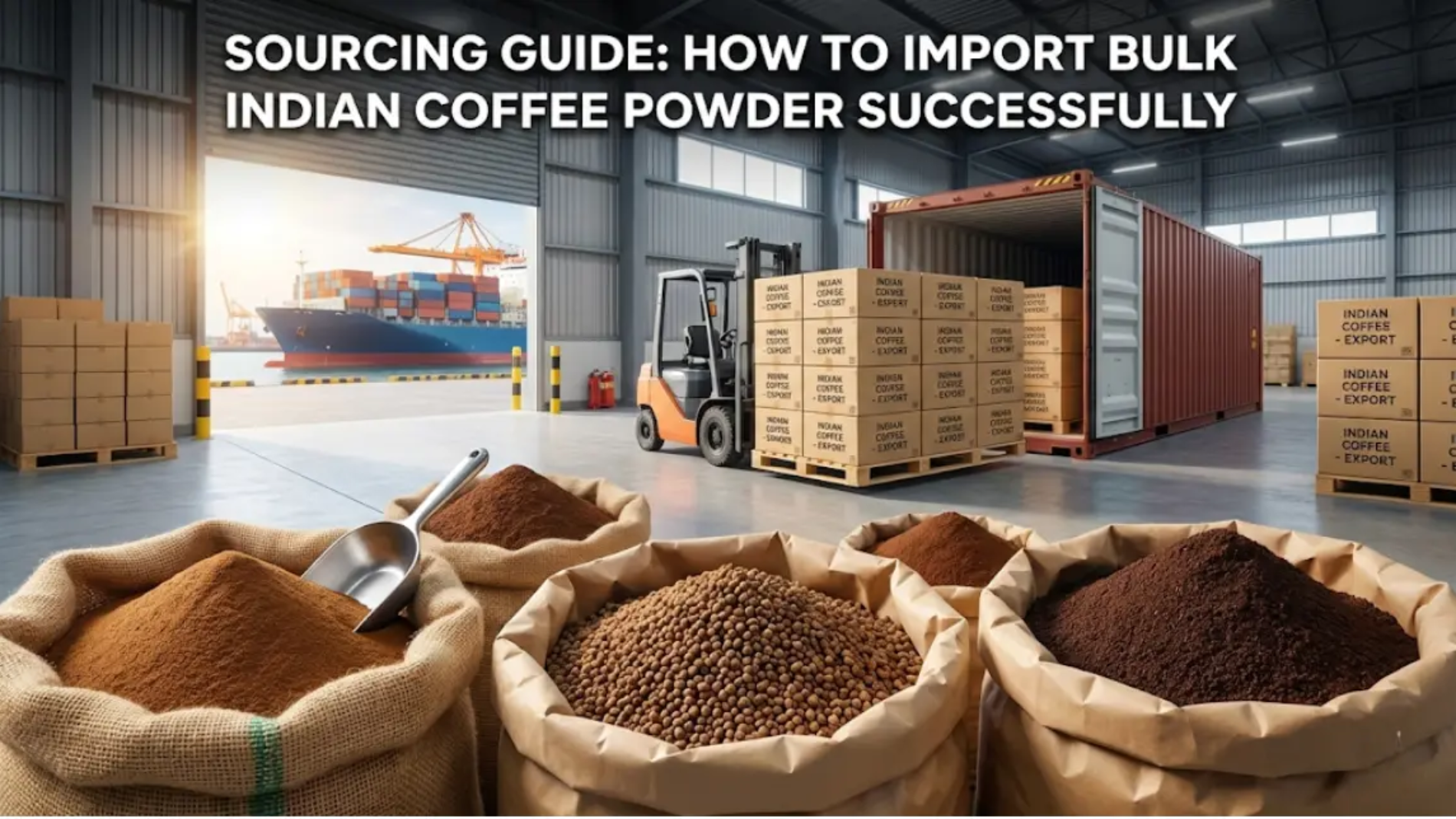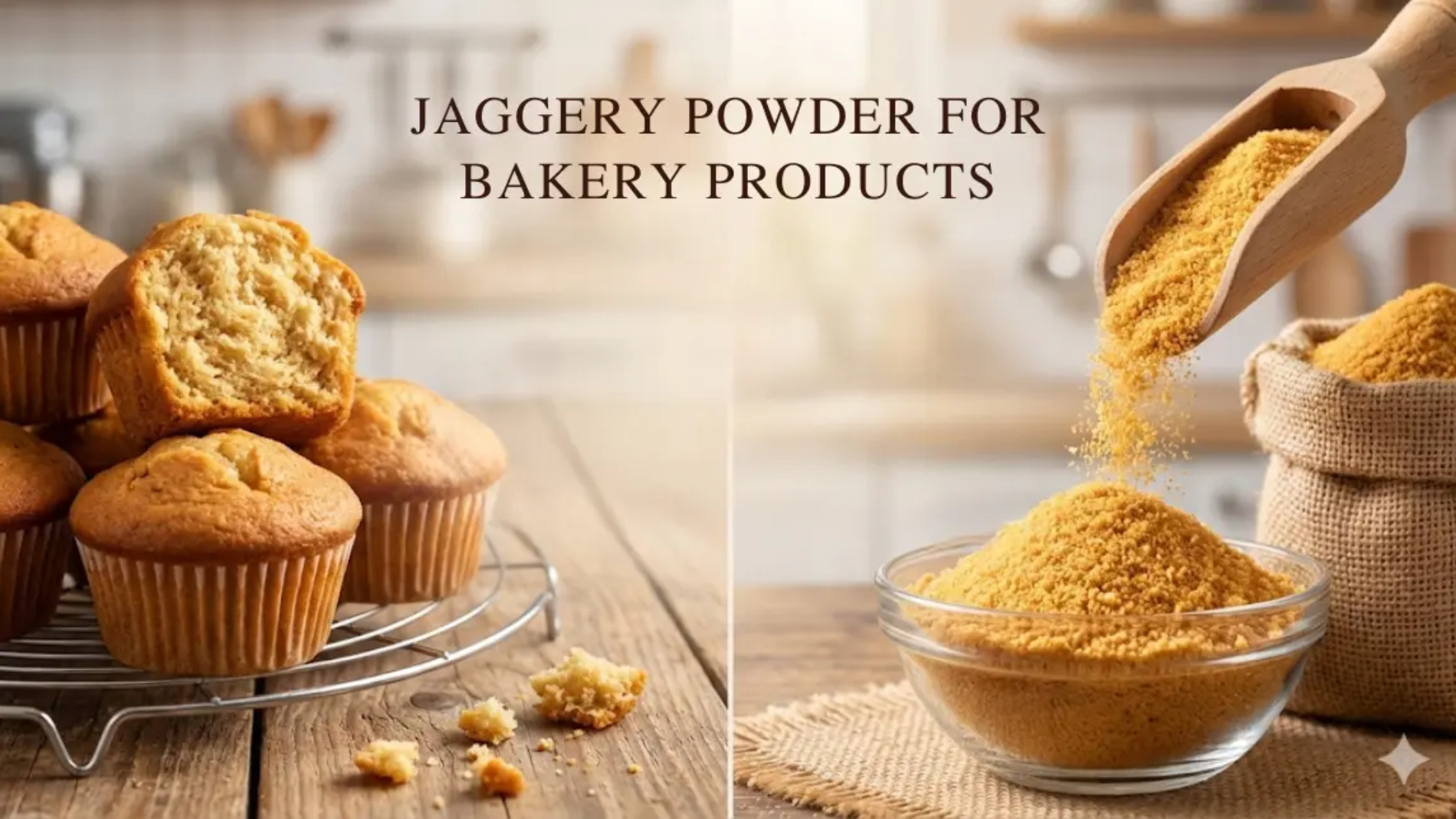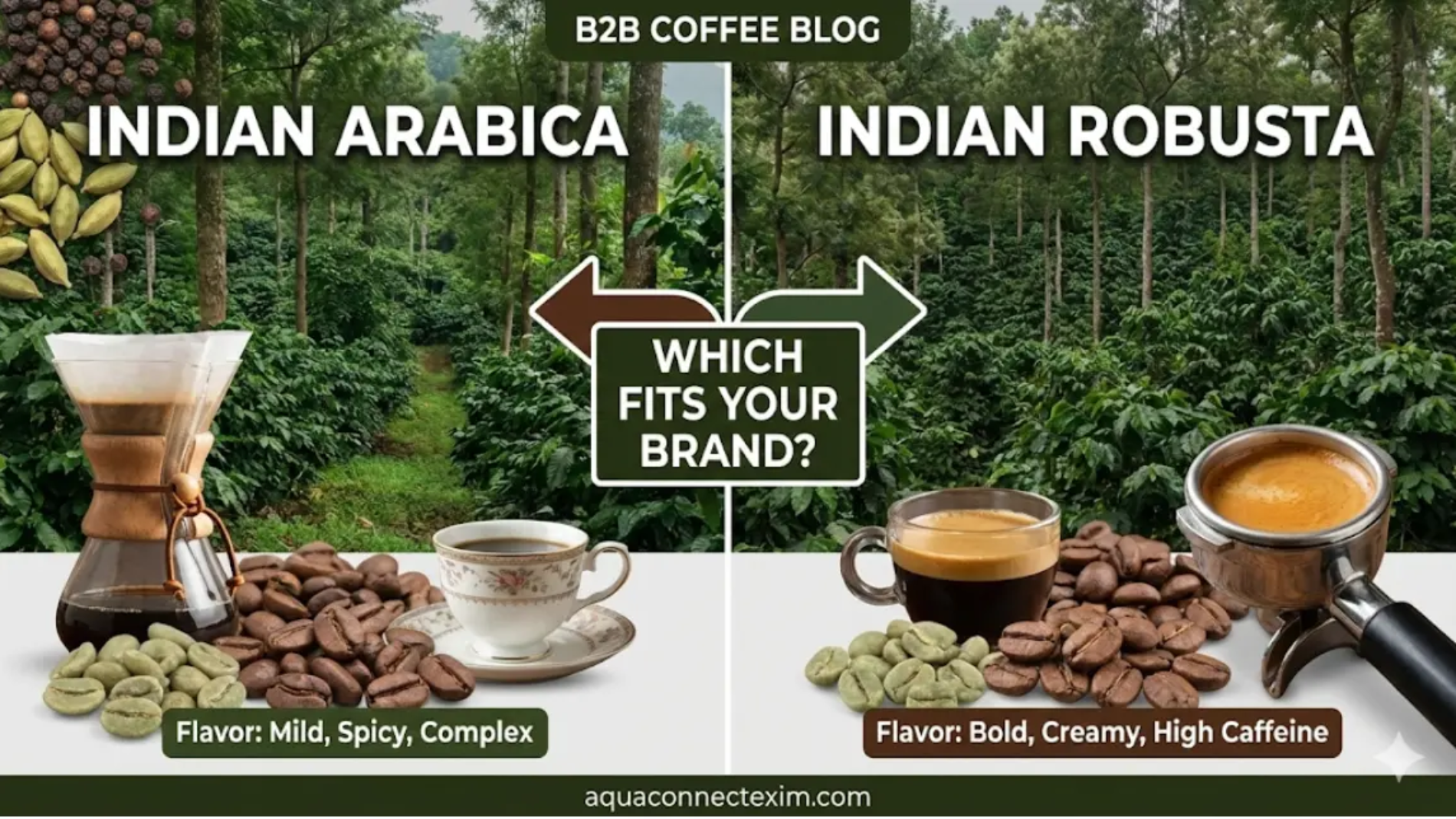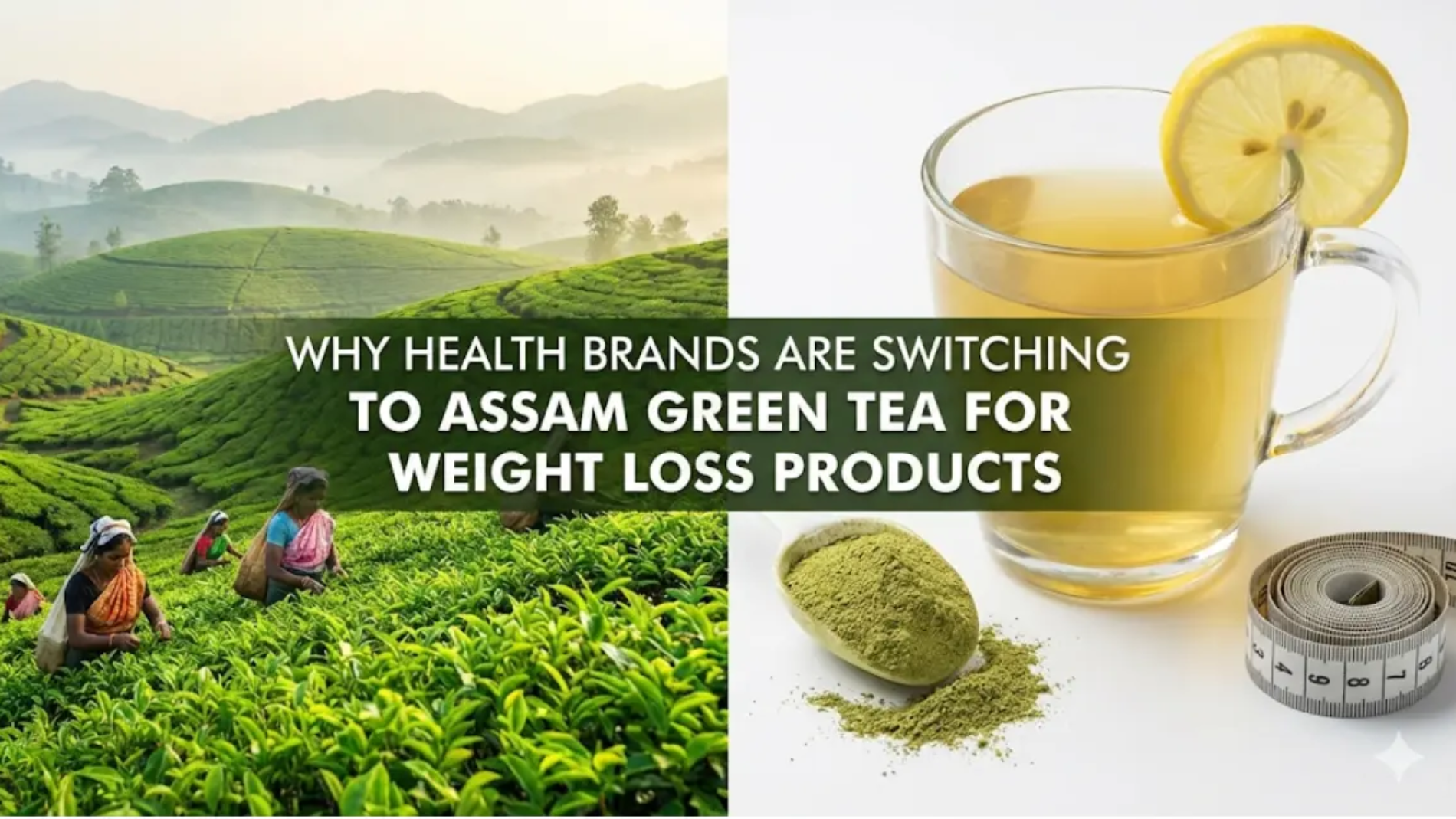Germany is Europe’s coffee giant, boasting a sophisticated market that values both tradition and innovation. For decades, German roasters have set the standard for quality, particularly in the espresso and filter coffee segments. As consumer palates evolve towards smoother, more complex profiles, a significant shift is occurring in the supply chain.
Roasters in Hamburg, Bremen, and Berlin are increasingly turning their attention East. The reason? The distinct and versatile offerings provided by Indian Coffee Exporters to Germany.
While Brazil and Vietnam dominate global volume, India occupies a unique “Flavor Niche” that is becoming indispensable for premium German blends. It is not just about price; it is about the “Cup Quality.” Indian coffee, known for being shade-grown and spicy, offers a character that complements the German preference for strong, low-acid coffees.
Here is why leading roasters and importers are prioritizing partnerships with trusted Indian Coffee Exporters to Germany to secure their supply of this “Golden Bean.”
1. The "Shade-Grown" Difference: Smoothness and Complexity
The first thing any German buyer notices about Indian coffee is its lack of harsh bitterness. Unlike mass-produced coffee grown in direct sunlight (common in other regions), nearly all Indian coffee is grown under a two-tier canopy of natural shade trees.
For Indian Coffee Exporters to Germany, this is a massive selling point. Shade-growing slows down the maturation of the coffee cherry, allowing natural sugars to develop more fully. The result is a bean that is inherently sweeter, with lower acidity and a fuller body. This “digestible” profile aligns perfectly with the German consumer’s preference for a coffee that is strong (“kräftig”) but gentle on the stomach (“magenfreundlich”).
2. The Robusta Revolution: Kaapi Royale in Espresso Blends
Germany is a nation of espresso drinkers and the largest importer of Green Coffee in Europe. For a perfect espresso, you need crema—that golden foam on top. This is where Indian Robusta shines.
Experienced Indian Coffee Exporters to Germany are shipping record volumes of “Kaapi Royale” (Washed Robusta) and “Robusta Cherry AA.” unlike the rubbery, woody notes of inferior Robustas, Indian Robusta is clean, soft, and carries notes of chocolate and grain.
The Blend Booster: German roasters use Indian Robusta to add body and intense crema to their Arabica blends without introducing unpleasant bitterness.
Consistency: The meticulous processing (washing and fermentation) ensures that every sack imported into Hamburg meets the high standards of German quality control.
Spice Up Your Business with Authentic Indian Flavors
Import and Export Excellence from India!

3. Monsooned Malabar: A Cult Favorite in Germany
No discussion about Indian Coffee Exporters to Germany is complete without mentioning the legendary Monsooned Malabar. This specialty coffee is unique to the Indian coast, where beans are exposed to monsoon winds for months, causing them to swell and lose acidity.
This variety has a cult following in Germany. Its flavor profile—earthy, musty, with notes of spice and wood—is unlike anything from South America or Africa. Niche roasters in Germany prize it for its extremely low acidity and pH-neutral properties. By sourcing this GI-tagged coffee directly from a specialized Indian coffee supplier, German brands can offer a premium “Story Coffee” that stands out on supermarket shelves.
4. Spices and Terroir: The "Spicy" Undertone
Indian coffee plantations are rarely monocultures. They are often intercropped with pepper, cardamom, clove, and nutmeg. This biodiversity impacts the terroir.
Indian coffee beans often carry subtle aromatic hints of spice and fruit, which appeal to the sophisticated German palate. When a roaster sources from reliable Indian Coffee Exporters to Germany, they are getting a complex flavor profile that adds depth to Christmas blends or winter specials, which are hugely popular in the DACH region.
5. Reliability and EUDR Compliance
German buyers are rigorous about compliance, especially with the upcoming EU Deforestation Regulation (EUDR). They need partners who can prove traceability.
Professional Indian Coffee Exporters to Germany have adapted quickly. Unlike fragmented smallholder systems in some African nations, the Indian estate system allows for better traceability. Leading exporters provide:
Traceability Data: GPS coordinates of the farms.
Certification: Rainforest Alliance and UTZ certifications that are widely recognized in Germany.
Clean Documentation: Seamless handling of paperwork for customs clearance at major ports like Hamburg and Bremen.
6. Bulk Logistics to Hamburg and Bremen
Germany is the logistics hub of Europe. The efficiency of Indian Coffee Exporters to Germany in handling logistics is a key driver of preference.
Whether shipping Full Container Loads (FCL) of green beans or consolidated pallets of bulk coffee powder, Indian exporters understand the stringent packing standards required (e.g., Euro-pallets, moisture-free liners). The direct shipping routes from Indian ports (Chennai/Cochin/Mangalore) to Hamburg ensure reasonable transit times (approx. 20-30 days), allowing German importers to manage their inventory (JIT – Just In Time) effectively.
The relationship between German roasters and Indian exporter is deepening. It is a partnership built on a shared appreciation for quality and reliability. By offering shade-grown Arabicas that are gentle on the stomach and premium Robustas that create the perfect espresso crema, Indian Coffee Exporters to Germany have secured their place as essential partners in the European coffee trade.
For German importers, the message is clear: to capture the modern consumer, you need the unique flavor advantage that only India can provide.
Frequently Asked Questions (FAQs)
1. Why do German roasters prefer Indian Robusta over others?
German roasters prefer Indian Robusta (specifically Kaapi Royale) because it is “Washed Robusta.” This processing method removes the harsh, rubbery flavors found in other origins, resulting in a smooth, chocolaty cup with excellent crema—perfect for premium espresso blends.
2. How long does shipping take from India to Germany?
Sea freight from Indian ports (like Cochin or Chennai) to German ports (Hamburg or Bremen) typically takes 20 to 30 days. Experienced Indian Coffee Exporters to Germany plan shipments to ensure beans arrive fresh.
3. Is Indian coffee suitable for the German “Mild Coffee” market?
Yes. Indian Arabica (Plantation A) is naturally low in acidity due to being shade-grown. This makes it ideal for the “Magenfreundlich” (stomach-friendly) coffee segment that is popular among health-conscious German consumers.
4. Can Indian exporters comply with Germany’s strict pesticide regulations?
Absolutely. Professional exporters adhere to EU MRL (Maximum Residue Limits) standards. Many offer “IPM” (Integrated Pest Management) or certified Organic lots that pass strict German lab tests.
5. What is the minimum order quantity (MOQ) for export to Germany?
For Green Coffee Beans, the standard MOQ is usually one 20ft container (approx. 19-21 Metric Tons). However, for Coffee Powder or specialty microlots (like Monsooned Malabar), some exporters may offer smaller consolidated pallets (LCL).
6. Do Indian exporters offer Private Label coffee for German supermarkets?
Yes. Many Indian Coffee Exporters to Germany have facilities to roast, grind, and pack coffee into retail pouches or jars under a German brand’s private label (Eigenmarke).
7. What is Monsooned Malabar and why is it popular in Germany?
It is a specialty coffee exposed to monsoon moisture. It is popular in Germany because it has virtually zero acidity and a unique earthy, mellow flavor, making it distinct from the high-acid coffees of Kenya or Colombia.
8. How do I ensure the coffee I import is deforestation-free (EUDR)?
You must work with a reputable Indian Coffee Exporter to Germany who can provide geolocation data for the farms. India’s plantation sector is well-organized, making it easier to verify compliance compared to wild-harvested regions.
About us
We bridge the gap between local producers and global markets, ensuring seamless trade facilitation with exceptional quality and reliability. We provide quick delivery services with customized packaging with all approval of International Certificates (Spices board India, MSME, IEC, fssai, FIEO, APEDA, EU certification, FDA and Many More)
Contact us
Shop No. 3, Ganesh Prestige Sr. No. 2/15, Near Laxmi Jewellers, Dhanakawadi, Pune – 411043, Maharashtra INDIA.
Call On
+91 9545205050
+91 9822422584










